The arrival of the tram in 1913 changed Narrabeen forever
When the first tram rolled into Narrabeen in December 1913, it marked the end of years of hoping and waiting by the residents of that district.
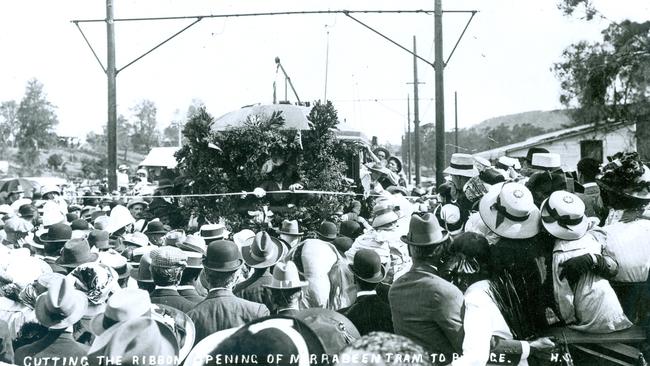
Manly
Don't miss out on the headlines from Manly. Followed categories will be added to My News.
When the first tram rolled into Narrabeen in December 1913, it marked the end of years of hoping and waiting by the residents of that district.
But for those living further north, despite years of plans and promises to the contrary, the Narrabeen tram was as close as they would ever get to realising their own public transport dreams.
The first tramline on the northern beaches – from Manly to North Manly – was opened in 1903 but struggled to pay its way in the early years.
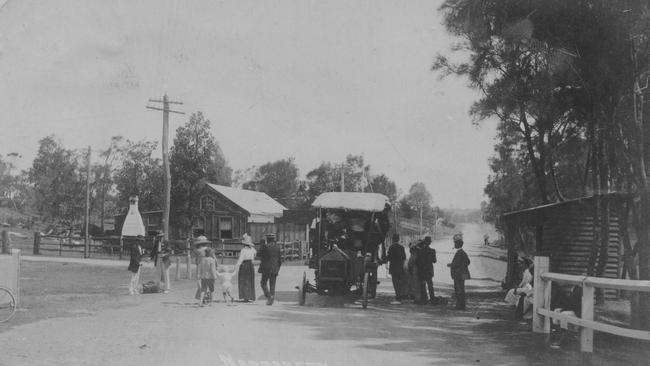
But gradual growth in districts north and west of Manly saw the line extended north to Brookvale in 1910 and west to The Spit in 1911.
But while the residents of Manly, Balgowlah, Seaforth and Brookvale were now served by a tramline, residents of the more sparsely-populated areas could only wait and wonder whether the tramline would ever come their way.
As far back as 1905, a serious study of possible routes from Manly to Newport and Bayview was undertaken but the biggest problem to overcome was that of cost.
The Tramway Construction Committee had recommended that the work be done in stages – as money became available – so plans for the first stage were prepared.
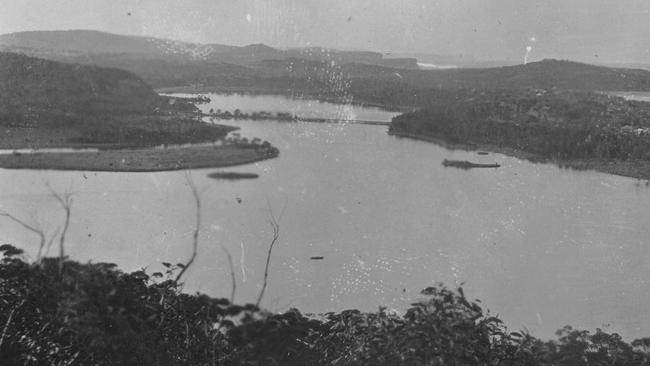
The proposal then lay dormant for five years before construction was finally commenced.
And even then it came with onerous conditions.
Warringah Shire Council was told that it would have to improve tourist facilities at Narrabeen Lagoon and develop the area as a boating resort.
Compliance with the conditions meant altering the outlet of the lagoon to allow ingress by the sea and maintaining sufficiently high water levels within the lagoon.
And because of the cost of the work – including that of electrification of the tramline – the work was done in stages.
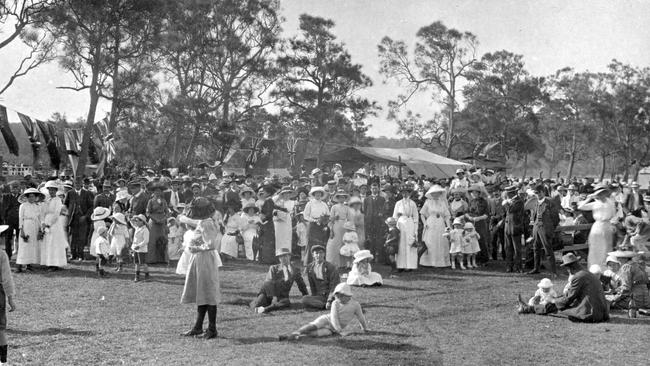
The first part of the tramline to Collaroy was opened in August 1912, consisting of a single track north from Brookvale with passing loops at Oaks Ave at Dee Why and at Hay St at Long Reef, after which the tramline terminated between Collaroy and Fielding streets at Collaroy.
The second part of the extension north was a single track from Collaroy to Narrabeen, with a passing loop near Ramsay St at Collaroy, which terminated near the foot of Waterloo St at Narrabeen.
The construction of a tramshed and goods siding at the Narrabeen terminus necessitated the demolition of St Faith’s Anglican Church, which later built a new church in Clark St, Narrabeen.
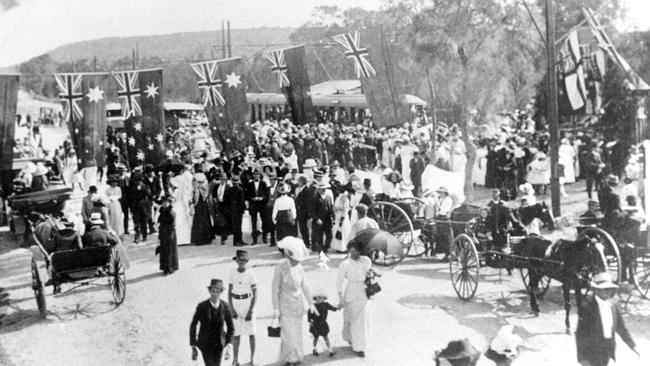
The work on the tramline from Collaroy to Narrabeen was carried out by the Public Works Department in less than four months at a total cost of £13,720.
Regular services to Narrabeen began on December 8, 1913, but the official opening of the new service was not held until December 13.
The residents of suburbs further north also welcomed the arrival of the tram at Narrabeen because it brought closer the day when the tramline would be extended north, as promised, to Mona Vale, Bayview and Newport.
In that hope they would be disappointed, for Narrabeen was the end of the line as far as the tram was concerned, although they weren’t to know that in December 1913.
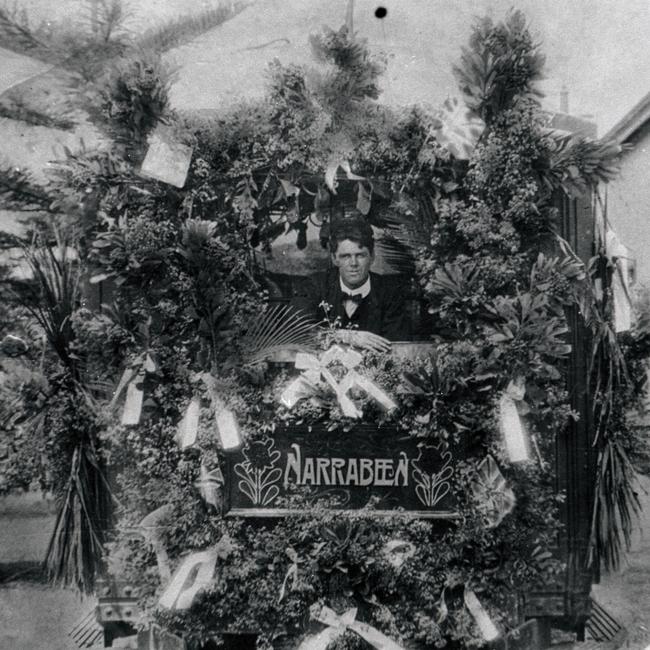
Instead it was a joyous occasion, marked by celebrations during the day and a Venetian carnival at night.
The first Venetian carnival in Sydney appears to have been held during the visit of 16 American battleships – known as the Great White Fleet – in August 1908.
During the visit, a carnival of brightly illuminated boats was staged between Bradleys Head and Kirribilli Point, although a Chinese carnival might have been a more fitting description, given that the spectacle bore less resemblance to the famous Carnevale di Venezi with its masked participants than to a maritime festival comprising boats bedecked with Chinese lanterns.
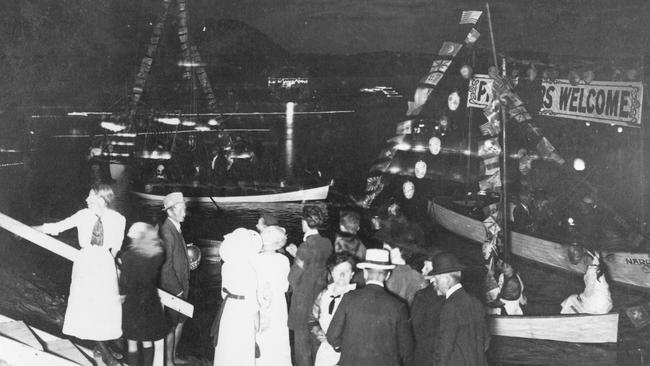
The idea caught on quickly and just a few months later, a Venetian carnival was held in Mosman Bay on Christmas Eve.
Another Venetian carnival was held in Mosman Bay on Christmas Eve, 1909, that involved boats on the water and houses around the bay being brightly illuminated while musical entertainment was provided by the State Military Band, Mosman Musical Society, the Gibson Mandolin Quartet and an all-male choir.
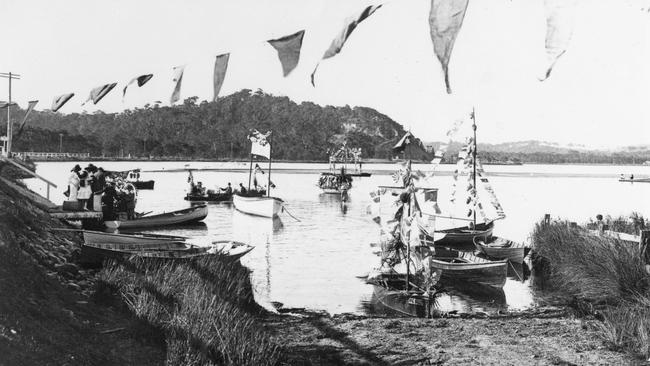
From Mosman the idea spread to Lane Cove, which hosted a Venetian carnival on the river on January 21, 1911, during which riverside residents between Greenwich Point and Riverview illuminated their houses, boat owners did likewise and the council outlined its many ferry wharves and waiting sheds with Chinese lanterns and fairy lights.
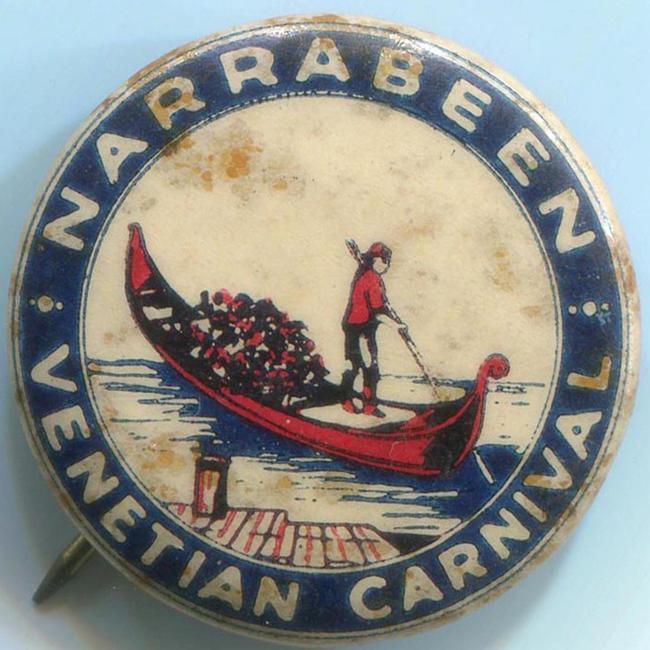
Lane Cove Council repeated the exercise on January 13, 1912, with waterfront residents between St Leonards wharf and Riverview College vying with each other to have the most attractive illuminations.
In the meantime, Manly alderman Charles Paterson had proposed that Manly stage a Venetian carnival to mark the end of the eighth annual Manly regatta on January 19, 1912.
That’s when Manly showed what it could do, staging a spectacular display that attracted between 25,000 and 30,000 people.
One newspaper reported that: “The crowded ferry steamers from Sydney landed their living freight on the jetties, where the passengers feasted their eyes on the transformation, and then forced their way to the Esplanade and parades to join in the dense throng already crowding the foreshores.
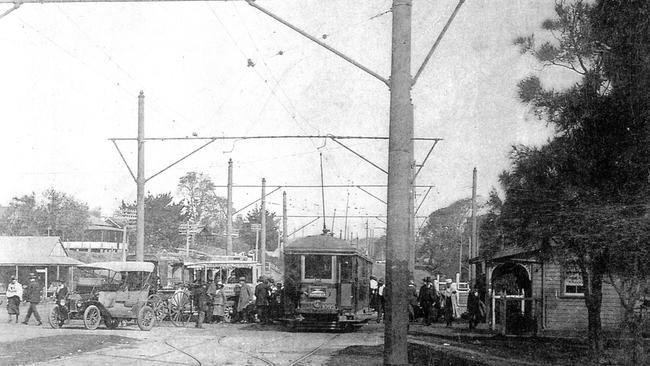
“Manly has rarely witnessed such a night.
“The tramway authorities were taken by surprise. All available rolling stock was brought into use, but still the trams to the northern suburbs and Brookvale were dangerously overcrowded.
“The ferry company reaped a harvest.”
So it was no wonder that the people of Narrabeen thought their lagoon was also a worthy venue for a Venetian carnival, albeit on a much smaller scale, to mark the official opening of the extension of the tramline to their suburb.
As well as a fireworks display, the organisers also staged a competition for the owners of the illuminated boats that plied the lagoon.
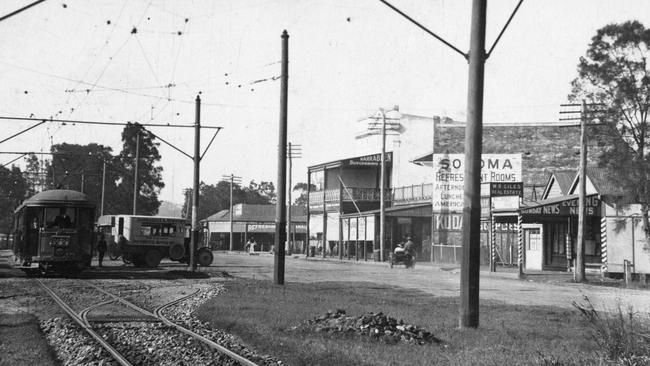
The prize for the most attractively decorated boat went to Mrs. Fisher’s Geisha, followed in second place by Mr. Schula’s Doris and in third place by Mr. Carter’s Commodore.
The prize for the most entertaining boat went to Mr. Mutkins’s Dandles, followed by Mr. Weldner’s Lazy Lot.
Other boats commended were Mr. Gorman’s Geisha II, Mr. Le Clerc’s Mona, Mr. Hanson’s Dora Winn, and Mr. Selby’s Canberra.
On the final day of the second Venetian carnival, a program of swimming events were held on Narrabeen Lagoon under the auspices of the New South Wales Amateur Swimming Association and in conjunction with the South Narrabeen Surf Club’s Venetian Carnival committee.
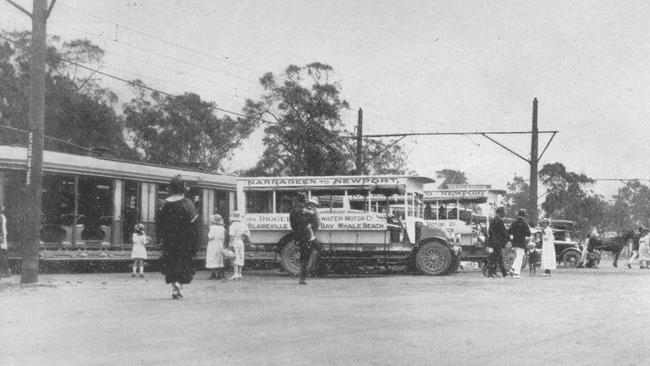
The swimming program also marked the official opening of the Narrabeen Lakes Amateur Swimming Club, although it appears to have been the one and only event staged by that club.
Narrabeen’s Venetian carnivals are marked by streets in what was called the Narroy Park Estate subdivision in 1929 – Venetian Rd, Gondolier St, Lido Ave and possibly Verona St.
The Venetian Carnival proved so popular that it was repeated at least one more, in 1924-25.
But while Narrabeen was now on the tramway map, residents further north still had to rely on private companies for transport to Narrabeen.
In the 1905 plan, the route north from Narrabeen was to follow Pittwater Rd to Mona Vale, where it would branch.
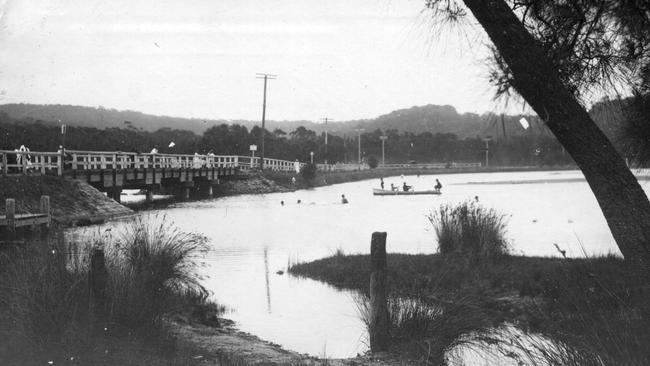
One branch would follow Pittwater Rd to Bayview, while the other would follow Barrenjoey Rd to Beaconsfield St at Newport, from where it would descend to a terminus near the corner of Gladstone and Kalinya streets.
The possibility of extending the tramline north from Narrabeen was examined again in 1914, when it was costed as £10,380, but the outbreak of World War I put paid to further consideration of the extension.
And when the possible extension of the tramline north from Narrabeen was examined again in 1921, the projected cost of the extension had blown out to more than £90,000.
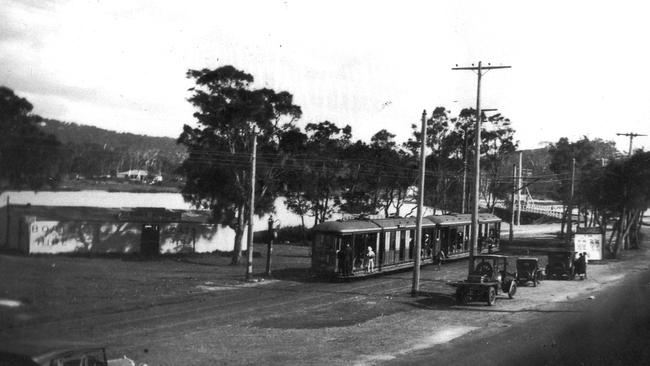
The projected cost alone probably would have sounded the death knell of a tramline to Pittwater but tramways all over Sydney were suffering a downtown in passenger numbers due to the growth of private bus companies.
Because the tramline from Brookvale to Narrabeen was a single track, the tram service was slow compared to buses, which also had more flexible routes.
As early as 1918, Warringah Council suggested changes to the operation of the Narrabeen tram to deal with the increasing competition to trams coming from private bus companies but the tramway authorities proved as inflexible as their tramlines.
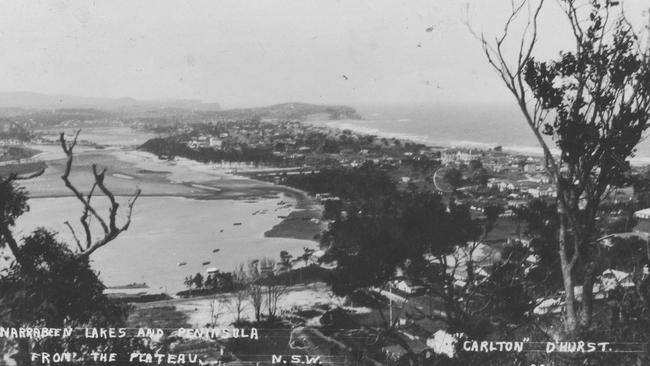
After sustained pressure from residents and the council, changes to the timetable and reducing the number of stops at certain times of the day were eventually introduced.
The worst interference to the tram system on the northern beaches was at The Spit, where passengers had to disembark from one tram, walk across the bridge and then board a new tram to continue their journey, while buses could simply drive straight across.
A spur line from North Manly to Freshwater was opened in 1925 but any hopes of the main tramline being extended north to Pittwater were dead.
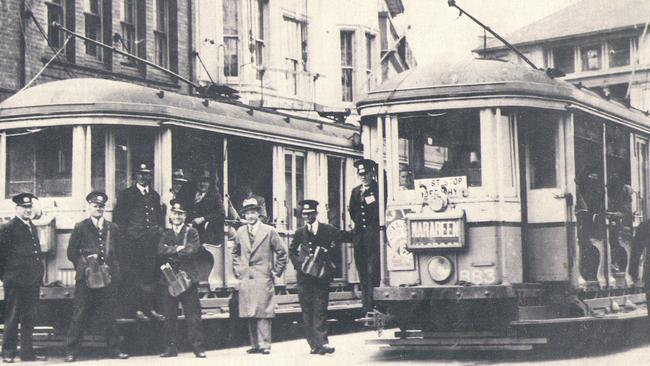
The rapid growth of private bus companies, coupled with the high cost but low return from the tram system, eventually brought an end to the whole Manly tramway system, which was closed in 1939.
The last tram trip from Manly to The Spit, during the early hours of October 1, was turned into a burlesque affair, complete with pallbearers and an undertaker.
The only genuine reminder of the tramline to Narrabeen is the old tramshed near the foot of Waterloo St.
The tram outside the Tramshed Arts and Community Centre is of a type that never operated on the northern beaches.
